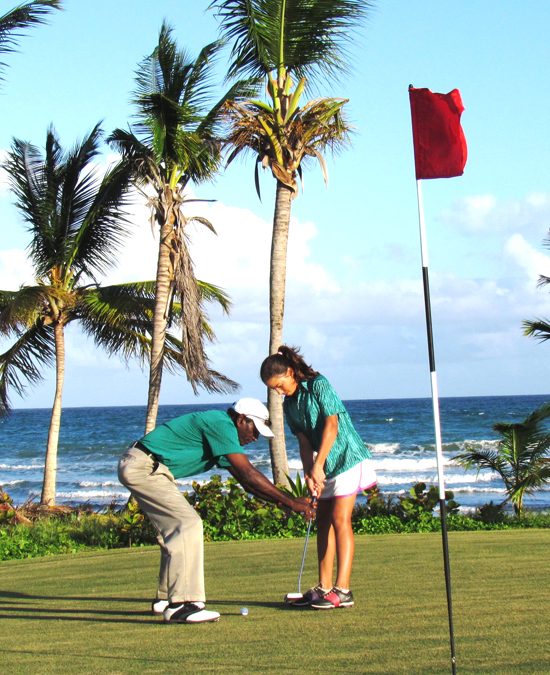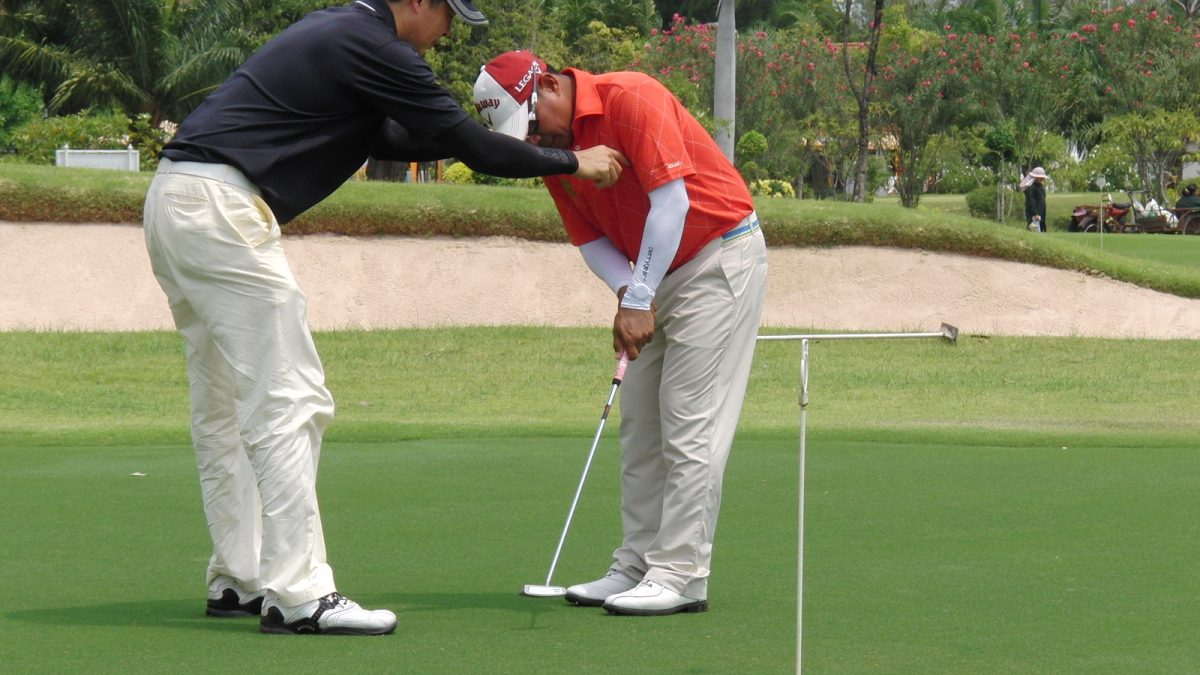Belief And The Competitive Player
When I first picked up a golf club at the age of 12 in 1974, I immediately dreamed of playing on the Tour and making a living as a professional golfer. I always enjoyed competition, whether it be Little League baseball, golf, or playing in a pickup football or basketball game.
That first year I played, I was shooting around 50 for nine holes by the end of summer, so I made double bogey my “par.” I remember playing in “tournaments”as I tooled my way around the course, my imagination running wild as I tried to better my personal par of 54. When I got into high school, I went out for the golf team but wasn’t good enough to crack either the varsity or junior varsity (JV) lineup as a freshman. I kept at it, and as a sophomore I was able to make it as a regular on the JV team.
My junior and senior years I played #1 on the varsity (although it wasn’t that tough to do, as no one else besides me could average better than 88 for 18 holes). I played golf at NAIA-level Franklin College in Indiana, where I was the two-time MVP averaging about 80.(Today, shooting 80 at Franklin might not even qualify for the team.)
However, since I wasn’t good enough to turn pro after college, I found a job as a bill collector/computer programmer for a division of Chase Manhattan. After most workdays from April through October, I would hit the course and play and practice as much as I could. My life consisted mainly of work and golf and little else.
Eventually I worked my way down to a 1 handicap, and through a connection with Geoff Bryant, I moved to Tallahassee, Florida, and started teaching at The Florida Golf School. Although I was teaching, I still harbored dreams of playing with the best players in the world. Except…there were a few problems with that.
The most pressing problem was that I only hit the ball about 240 off the tee on my best shots and I hit 7-iron from 150. Even in the early 1990s, this was short for a professional player. The second obstacle was I had no money to play mini-tour events full-time.
Finally, and most importantly, when I teed it up in competition, I got so nervous and anxiety-ridden that, more often than not, I played horribly. I can remember starting a 36-hole mini-tour event bogey, double bogey, and having a six-inch putt for a quadruple bogey on the third hole. I picked up my ball at that point, knowing I had no chance to break 50 for nine holes, apologized to the guys in my group, and said I was quitting as I didn’t want to be a distraction for them. They said no, keep playing for fun…and wouldn’t you know it, with the pressure off, I shot a 33 on the back nine.
About this time in my life, I got to know Gregg Steinberg, who became and still is a very good friend of mine. Gregg, as you may know, is the longtime USGTF sports psychology consultant. He gave me some tools that helped refine my mental skills and was a great help in my improvement.
By 1995, I had some money saved up, and Gregg urged me to give the mini-tours another try. I told him I didn’t think my game was good enough. He told me something I’ll never forget: “You might get good enough if you start playing.”
And he was right. I played maybe a dozen events in 1995 and cashed in my last eight events, and in 1996 I cashed in almost every one. What was the difference?
In one word, belief. I came to believe that I was going to play well each and every time I teed it up in competition. There was no doubt in my mind that I was going to be in the money for those events. I eventually wound up winning four times on the Emerald Coast Golf Tour,defeating the likes of present and former Tour players like Boo Weekley, Ben Bates, and Iain Steel along the way.
In the end, I didn’t make the big tour because of two factors:1) I never was able to gather the consistent financial support that was needed in order to play full-time without working, and 2) I just hit the ball too short. I think I played about as well as I could have playing part-time. Learning to shoot lower scores with my lack of distance required playing full-time.
Think about the Ryder Cup. Why have the Europeans dominated for the past three decades? Why do the Americans always seem to play poorly? Various commentators have said that the European players have a closer bond with each other, or that they are more used to match play, or that they have a greater desire than the U.S. players. Based on my own experiences and observations, along with comments made by the U.S. players themselves, I believe none of these reasons are valid.
What I think happens is that the European players expect to win, while the U.S. players hope to win. That’s a huge difference,and it means everything. When I competed and hoped to do well, I almost never did. When I expected to play well, I almost always did.
If you’re coaching competitive players, they need to have a genuine belief that they are going to succeed. If you hear them make statements like,“I’m just going out there to have fun,” then you know they are in trouble. Sure, having fun is important to both a recreational and competitive player, but without the belief that they are going to play well, they won’t. They just won’t.
Listen to what your competitive players tell you. Know when they have belief and when they don’t. The USGTF has a number of wonderful resources to help you develop your competitive players’ belief systems, among them Gregg’s book Mental Rules for Teaching Golf and the online course through the International Golf Psychology Association, found at <a href=”http://www.MasteringGolfPsychology.com”>www.MasteringGolfPsychology.com</a>.
Someone once said, “I’ll take the man with 50 percent talent and 100 percent heart over the man with 100 percent talent and 50 percent heart any day.”
So would I.








